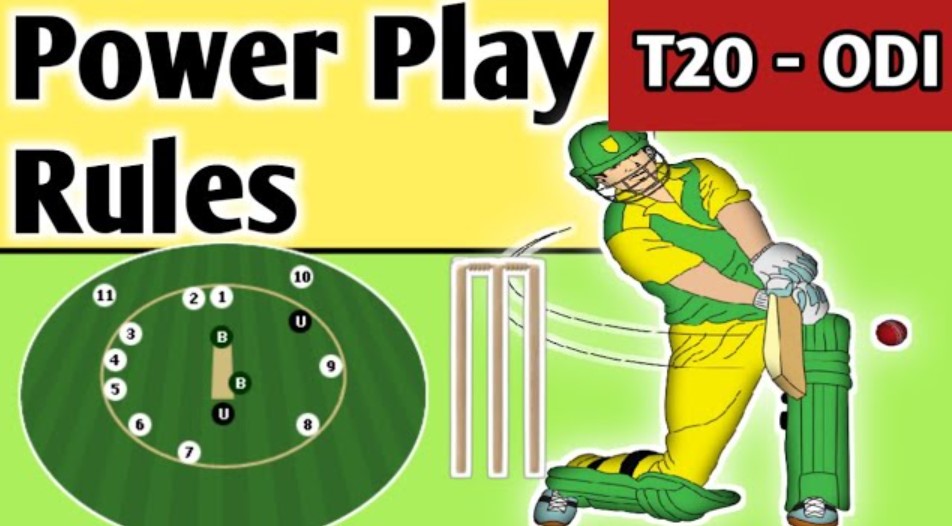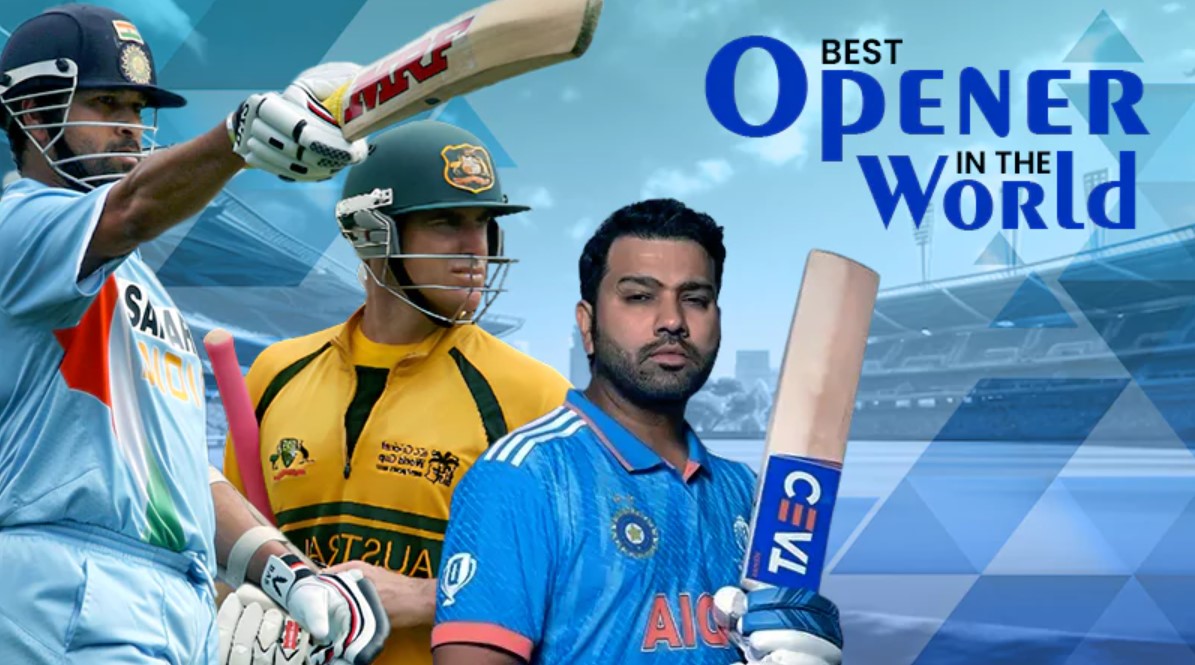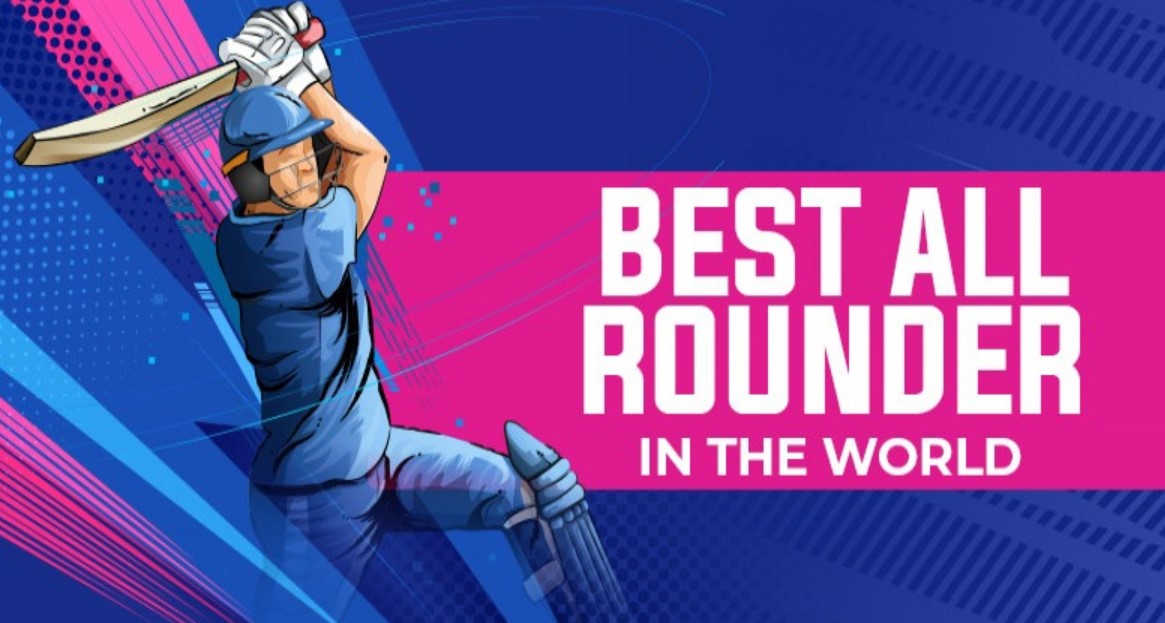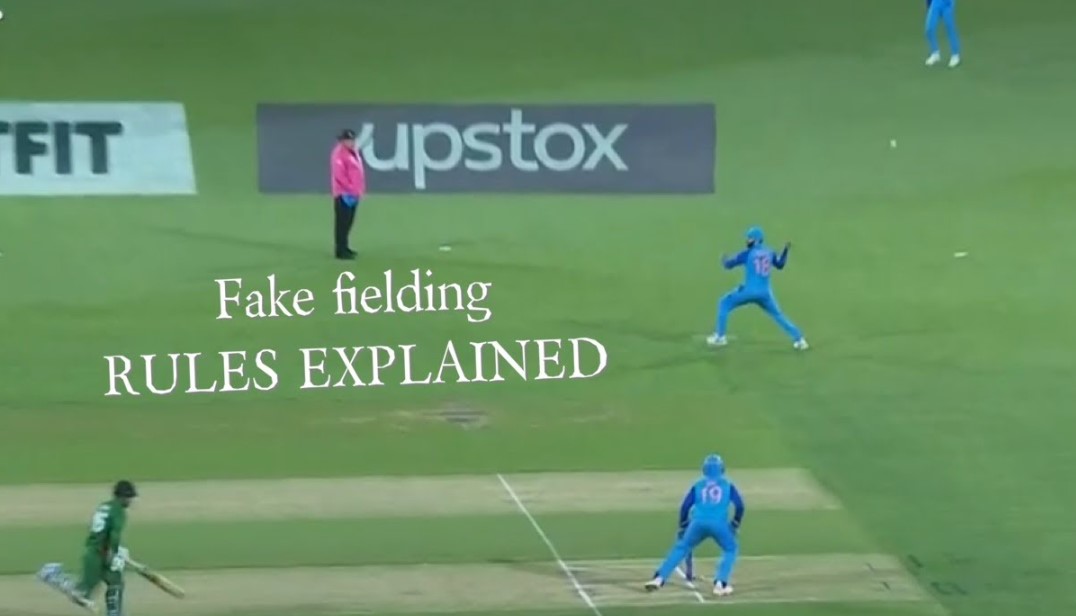What is power play in cricket?
What is power play in cricket has been known throughout the development of the sport. References to it can be found in T20 and ODI matches. Therefore, it is important for fans of the sporting discipline to have an idea of what is power play in cricket. It is this concept that makes the game incredibly interesting and exciting. Initially, the concept of ‘power play’ may seem difficult to grasp. Especially when throughout the history of cricket, rules have changed and changes have been made. If you try and delve into the rules of the game, deciphering the term will not be that difficult. So the first thing to understand is what is the meaning of power play in cricket?

What is the power play in cricket?
“Power play” refers to the scoring of points after the establishment of special rules of play during a match that has a limited number of overs. For the duration of the term, only 2 cricketers are allowed to leave the 30 yard circle for the first 10 overs in an ODI tournament and 6 overs in a T20 match. In Test cricket tournaments, there is no concept of what is power play in cricket t20.
For some, determining the size of a 30-yard circle is considered quite a difficult procedure. Therefore, it will initially be necessary to familiarise yourself with the concept in more detail. But first, cricket match spectators will thoroughly study the decoding of the term, its designation, as well as all the subtleties that players may encounter in the what is power play in cricket.
What is the power play in cricket: the principle of operation
A power play can be referred to as a period of scoring a certain number of overs in a round of a cricket match. The set is regulated by the rules set earlier, which relate to determining the positioning of fielders. Depending on the type of match, the rules of the game are adjusted.
Over the past few decades, the majority rules have been changed several times. Therefore, fans wonder what is the meaning of power play in cricket today? First, it is worthwhile to understand the basic rules of the game depending on its format.
Rules in ODI matches
All the recent changes that relate to the basic rules of the majority are described in the ICC playing manual.
The compulsory game that lasts for the first 10 overs is governed by such provisions:
- in a continuous tournament of ODI format play (50 overs), only two fielders are allowed to leave the 30 yard circle area for the first 10 overs of a round;
- during the 11th to 40th overs the number of players increases to 4;
- during the last 10 overs the number of fielders leaving the circle is 5.
It should not be forgotten that the number of overs during each cricket tournament, when the majority game is observed, may vary. The reason for this is considered to be unfavourable weather conditions such as rain or snow.
What is power play in cricket t20
Most people think the rules of Twenty20 cricket are rather straightforward and easy to understand:
- 2 fielders may be used beyond the 30 yard circle when the set of overs is 1 to 6;
- 5 fielders can be used outside the circle when the number of overs is 6 to 20.
About the “leg side” rule: five players are permitted on the leg side region of the field, and there are no time limits.
When it comes to international events, the regulations are identical to one-day international play. Additionally, the rules for matches in the Indian Premier League format are identical to those in cricket’s Twenty20 power play.

History of the development of the term
The rules for playing most in T20 format tournaments were invented almost recently, so they have not changed. In contrast, the regulations that were devised for ODI matches have changed periodically over the decades. In the 1970s, the limited overs format emerged in cricket. During this period, it was quite difficult for batsmen to switch to such a mode, which involves defending the ball and gradually scoring runs.
Such innovations were captured in history when Sunil Gavaskar, an athlete with the bat for Team India, opened the game and scored only 36 runs off 174 balls bowled by the opposition. In this instance, he was not left out. This example is still considered as the slowest innings in the history of limited overs matches.
At the moment, it is very difficult to visualise such a course of action in an ODI game. Often the batsmen defended their wicket. But their main aim was still to score the ball and not to defend their own ‘goal’. That is why the decision was taken to introduce restrictions on the pitch to make the game more exciting.
The emergence of restrictions on the court in the 80’s
The question, what is power play in cricket, is accompanied by a study of the history of the appearance of restrictions. The regulations about playing with restrictions were first introduced in the 80s of the last century. They concerned changes in the total number of players who are allowed to leave the boundaries of the 30-yard circle.
Based on the innovations created, the following are allowed:
- batsmen began to realise that it would be much easier to score runs when restrictions were imposed on the pitch;
- the batters started to take more risks;
- as the restrictions were only in place for the first few overs, bowlers at the start of the game could take many more wickets as the batsmen were not in a good position to offer the necessary resistance.
So the powerplay made the match more exciting and interesting to watch. But at that time, restraints did not have a modern name.
Innovations in the early 21st century
When the T20 cricket format came into existence, the very term power play was introduced in international matches. What is power play in t20 cricket in the early 20th century, and what were the changes to the general rules?
The main changes were the following:
- the number of overs in the restricted game was changed from 15 to 20;
- the new 20 overs were divided into several sets: the first set of 10 overs, the second and third sets of 5 overs each;
- the mandatory condition was that the 2 fielders whose task was to catch the ball had to complete their task for 10 overs instead of 15;
- an element of uncertainty was added to the general rules. A team could opt for 2 sets of 5 overs instead of a in cricket what is power play between overs 11 to 45.
All these changes came at a time when the rules for P1 in cricket were being developed. Bowlers could choose their own powerplay, allowing the captain to make an assessment of the situation on the field and decide when to start that what is power play in cricket.

Let’s look at an example. A batsman manages to get a good score in a compulsory game. In such a case, the captain may encircle the what is a power play in cricket until one of the two athletes with the bat leaves the field. If a team loses a few wickets during the middle overs, the fielding captain has every right to start in t20 cricket what is power play to rectify the situation and take his opponent by surprise.
What is power play 1 2 3 in cricket?
Today, getting an answer to the question, what is power play 1 2 3 in cricket, is not difficult as the concepts of P1, P2 and P3 are quite common. They refer to three power plays.
P1 is called the compulsory power play, which is applied during the first 10 overs of a round robin ODI match. In this case, only two runners are allowed to leave the 30 yard circle. In a P2 game, 4 fielders are allowed to go outside the circle. It usually refers to the period of the match from 11 to 40 overs. In a P3 game, the team is given a good chance to regain some balance during overs 41 to 50. This will result in 5 fielders being able to leave the 30-yard circle boundary area.
Summarizing
After reading this article, one can conclude what is power play in cricket and how it has changed throughout its history. The changes have been in the ODI format of the game as T20 cricket has recently appeared on the world stage of sports. Today, the modern power play rules create good and stimulating conditions not only for the batsmen but also for the bowlers. In limited-overs matches, batting players are a delight, as they can counter the most experienced and professional wicket-taking athletes with the help of the majority game. The most exciting moments can be witnessed when the fielding captains will change their positions on the pitch in favour of a few batsmen.
Based on what has been described above, the powerplay adds colourful shades and unforgettable emotions to a cricket match. It allows for a change of balance during the tournament.
FAQ
What is power play in cricket t20?
What is power play in cricket — is governed by the basic rules and changes that may be made depending on the format of the match: T20 or ODI. The basic regulations relate to the number of players who are allowed to leave the boundaries of the 30-yard circle. These changes depend on the number of overs.
What is the meaning of power play in cricket 30-yard circle?
What is the meaning of power play in cricket 30-yard circle is an imaginary part of a plane on a cricket ground. It has the effect of varying the size of the pitch over limited overs. It is measured from the centre of both ends of the pitch. The 2 imaginary semicircles are then combined into one 30 yard long circle.
What is the power play in t20 cricket?
What is power play in cricket t20 or test tournaments are often played over several days (mostly 5). In them, the team batting can do so as many times as they wish. Therefore, the speed at which a team scores points is not particularly important. Test matches test the skills and discipline of every player on the field.
What is the meaning of power play in cricket?
What is power play in cricket the meaning of power play in cricket is scoring runs after the ground has been restricted and the number of overs has been changed. During the game, only 2 fielders are allowed to leave the boundaries of the 30 yard circle to fulfil their target.







